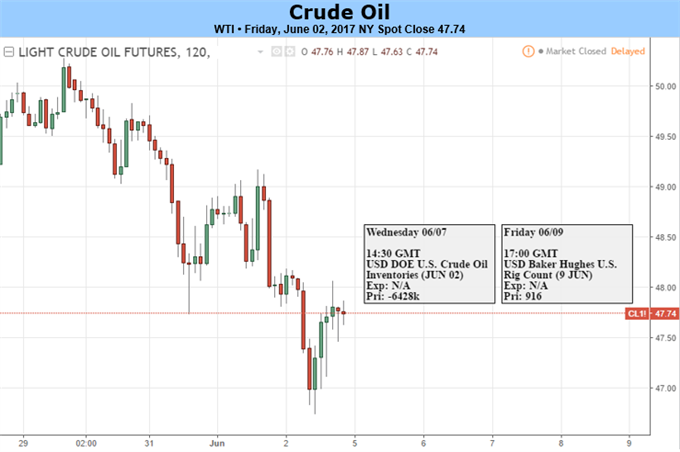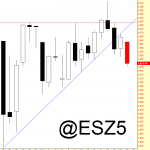
Fundamental Forecast for US Oil : Neutral
Talking Points:
Jawboning by key crude producers is paradoxically acting to reinforce their waning influence over the direction of the market. So, if OPEC isn’t at the wheel, who is? More elemental forces. Looking back over recent months, there have been a number of overt attempts by the Organization of Petroleum Exporting Countries to add momentum for a bid to break $55 and then a desperate attempt to keep the market from sinking back below $50. Neither proved fruitful. And, as the tide overtook the effort, the overtures grew more dramatic – which in turn made the loss of influence that much more pronounced.
These past few weeks, the oligarchy attempted to use a strategy that had served it well before and then moved on to pulling out the speculative stops. Back at its May 25th meeting, OPEC and key non-OPEC members had defied what was previously thought impossible when it was announced that the collective had agreed to extend production cuts by an additional nine months. As impressed as the oil ministers were, the market shrugged with an immediate dive for oil prices.
Just this past week, officials attempted to go back to the root of their success with manipulating price on the supply side of the equation: spurring speculation. Rather than seeing the actual changes realized, the market can hold greater regard for speculation of change into the future. While there are reasonable limitations as to what groups like this are going to be able to agree to, the collective’s appetites can stretch beyond those bounds and offer more lift. It was suggested by sources that the idea of an additional 1.0 to 1.5 percent output cut was floated at last month’s meeting and this option could be revisited because of the pullback in energy prices. To this, the market offered the same lack of interest.













Leave A Comment